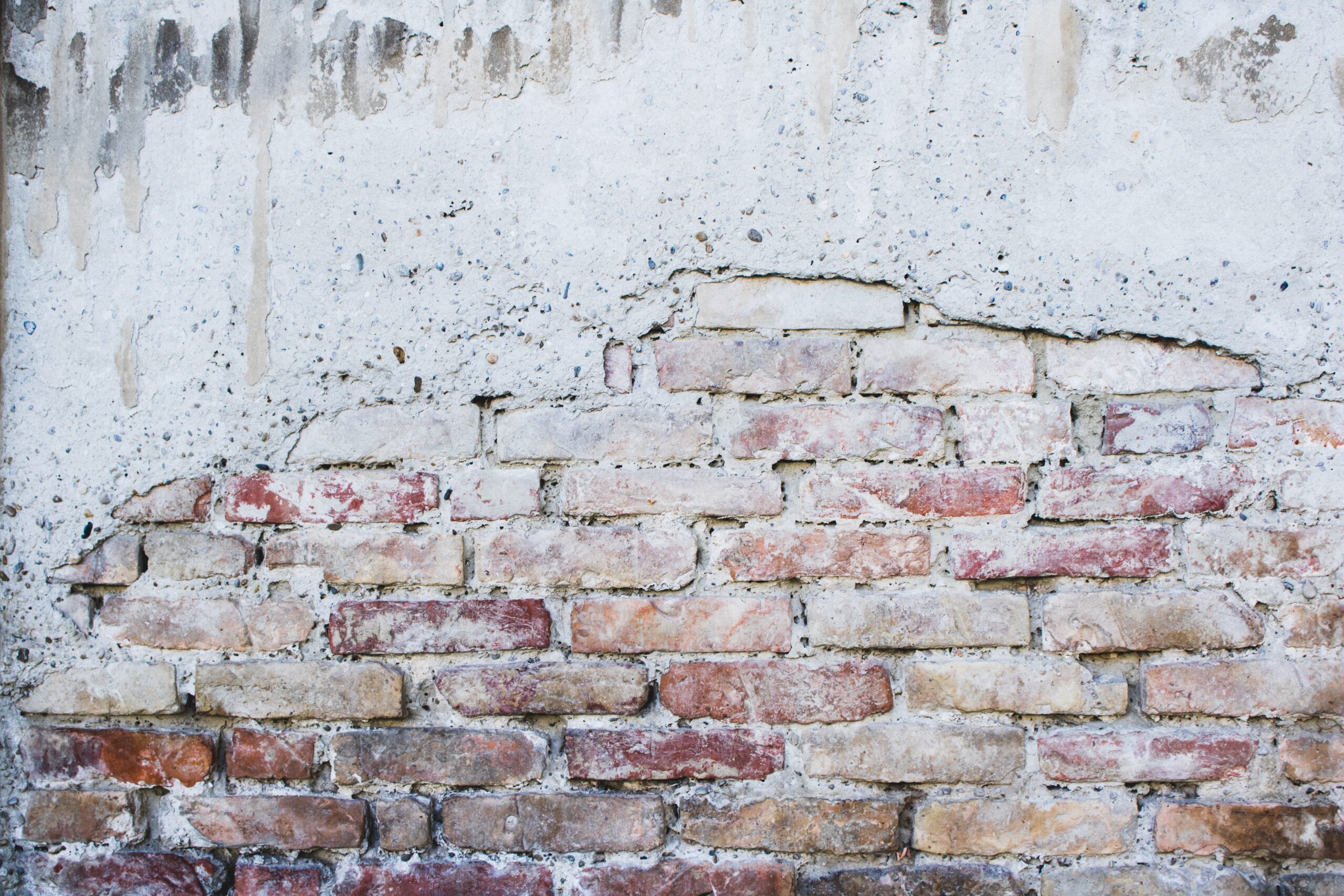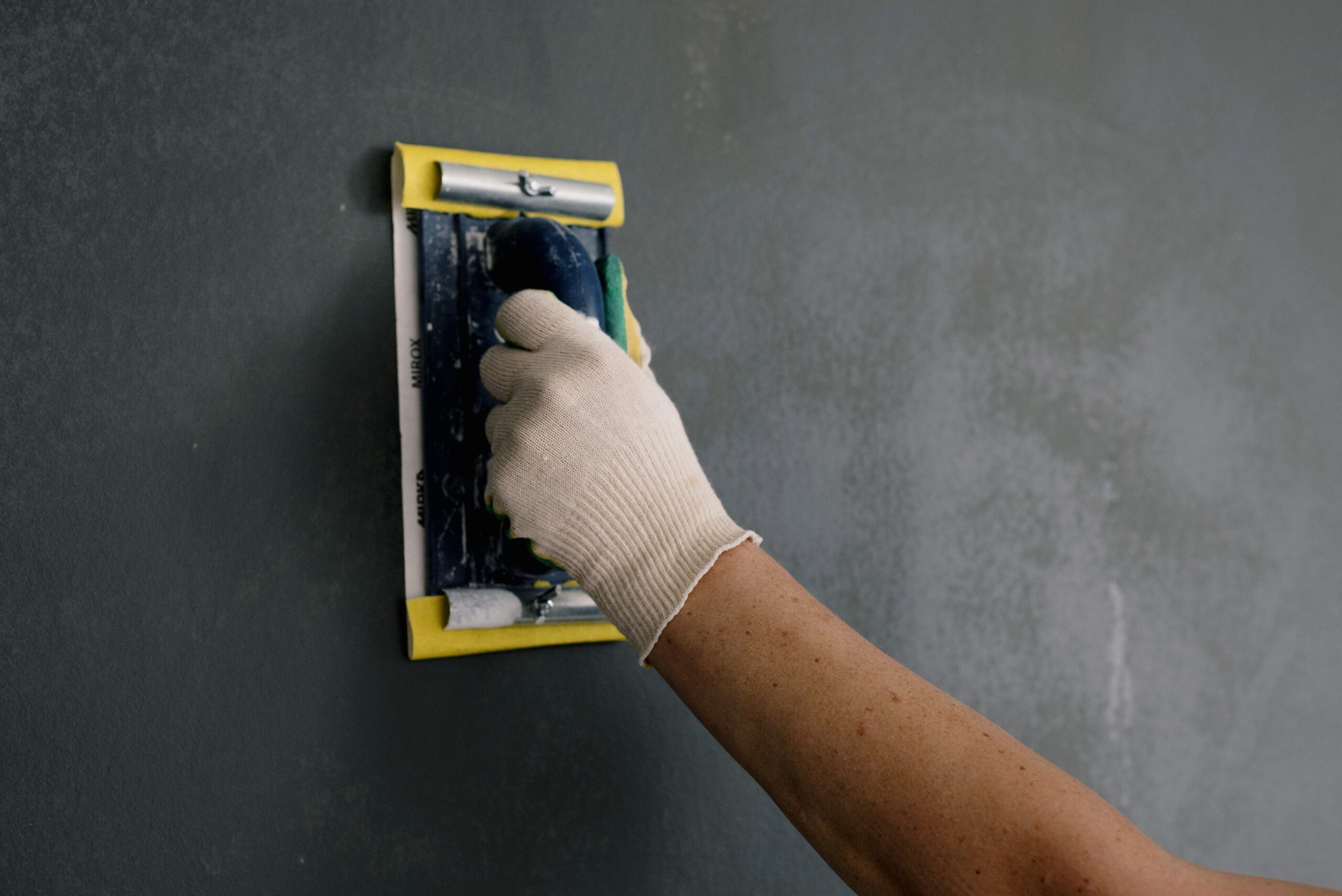If you’ve been watching home improvement shows, you’ve likely heard the term “parging” frequently. What does that entail, and why does it matter so much in terms of maintaining your house in pristine condition? There must be other home maintenance techniques that you are more familiar with and that can make a greater difference, correct?
Well, not quite. Parging is crucial in numerous ways. Regardless, you may be wondering what it is and why it is essential to maintain. Let’s assist you in comprehending what parging is and how it can benefit your property.
What is parging
Masons use parging to cover the exterior surface of a masonry wall. It resembles stucco in that a specialized mortar is used to cover exterior and interior masonry block and stone walls. Your home’s foundation will be safe from the elements with a new layer of parging protecting it. You could leave your walls bare, but it wouldn’t be as attractive and it wouldn’t secure your home from the rain and snow that can cause damage and deterioration. And conveniently, parging can be applied to any surface, although it is most commonly found on the interior and exterior of basement walls. If you want to learn more about the similarities and differences between parging and stucco, you can read our guide on Parging vs Stucco.
The coating that goes on your home’s foundation walls that are above ground is called parging. It is used to both poured and concrete block foundations to cover up unsightly flaws including form lines and surface irregularities.
Parging consists of a mixture of lime, water, and cement. Adding the correct varieties and quantities for blending can be difficult because it is a difficult mixture to master. Bad mixtures can result in cracked parging and problems with the parging adhering to the wall, which can lead to a variety of structural problems when severe weather strikes. Instead of mixing the solution yourself, we advise you to work with an experienced professional.
Purpose of parging
There are numerous variations of parging cement based on the constituents of the particular concrete composition used. Components like latex-based pigments, fiber elements meant to improve strength, and different mix ratios in the concrete itself are just a few examples. Typically, such labor falls under the domain of the mason’s craft.
For instance, it is recommended that the exterior portion of foundation walls constructed with cement blocks be coated with cement. Parging the surface of the blocks creates a clear, smooth surface on which to apply waterproofing coatings. When a home or building’s foundation requires waterproofing below grade in the future (typically 25 to 50 years after initial construction), a comprehensive job will include inspecting and rectifying any shaled parging that may have formed over time.
The poured concrete or block walls of a foundation are often given further protection by being parged on the parts that are visible above ground. It also results in a clean appearance upon completion.
Other examples of parging include exterior garden or retaining walls, as well as exterior structural walls, especially those with a Mediterranean or French Chateau design.
An expert mason can make parging appear simple, but achieving a smooth appearance requires considerable practice. Cement coating materials can also be given a textured appearance by incorporating materials such as pebbles or polished rocks.
When there is severe and pervasive brick deterioration on building walls, parging is frequently used. The owner of a residence or structure may elect to cover the brick surface with a cement coating. Prior to the first application of cement parging (also known as the “scratch coat”), it is considered best practice to apply a galvanized steel lattice over the wall surface under certain conditions. Using a notched trowel, a scratch varnish may feature details with a textured appearance. After the scratch coat has had sufficient time to correctly set and cure, the finish coat of cement is then applied. These times can vary dependent on the temperature and climate. Typically, the finish varnish has a smooth and uniform appearance. Depending on the requirements of the application, a finish varnish may employ a lighter cement mixture. If you don’t want parging, there are alternatives that you can use or apply to the exterior of your home. For more information, here is a guide to Parging Alternatives to Know About.
Benefits of Parging
1. Parging provides thermal insulation
Parging will secure your home’s foundation from harsh weather conditions by adding an additional layer of defense. As a layer of insulation, it will keep your residence warm. Water freezing in cracks and crevices in your foundation can cause extensive damage, which can be avoided with a parge layer.
2. Parging provides a climate barrier
Parging protects the most susceptible portions of your home’s exterior. Tiny cracks and holes in the foundation can rapidly become significant issues if not repaired.
If you live in a region with severe weather, the additional coating on your home’s foundation walls will help prevent damage over time. Despite the initial expense, residences with external insulation should have this additional layer of defense. The insulation will be protected from atmospheric elements that may cause deterioration by concrete foundations.
3. Parging repels insects and small animals
Parging protects a property against more than just the elements. Holes and cracks in your concrete are essentially open invitations to pests and other small organisms that any homeowner would like to keep out. Insects and other animals, such as mice, can enter your residence through cracks in the walls that continue to grow without a barrier.
A vermin infestation may be difficult to eradicate and may cause additional damage to vital areas of your residence. A protective parge coating applied to your surfaces would be a cost-effective and long-lasting measure against pests.
4. Parging enhances curb appeal
With proper construction and maintenance, it is possible to create a home that is extremely attractive. Moreover, prioritizing your home’s general appearance and maintenance will increase its value if you decide to sell it in the future.
By employing the right Ottawa home parging repair company, you can ensure that your property is protected from the damaging effects of extreme temperatures.
Conclusion
Evidently, parging is an integral part of your construction endeavor. It helps protect masonry work from unnecessary risk and provides an aesthetically appealing smooth finish.
Despite the fact that you can parge by yourself, it is a difficult discipline to master. We advise you to hire a skilled mason to complete the task. They are able to determine which surfaces need to be pavered and ensure the best possible results.



